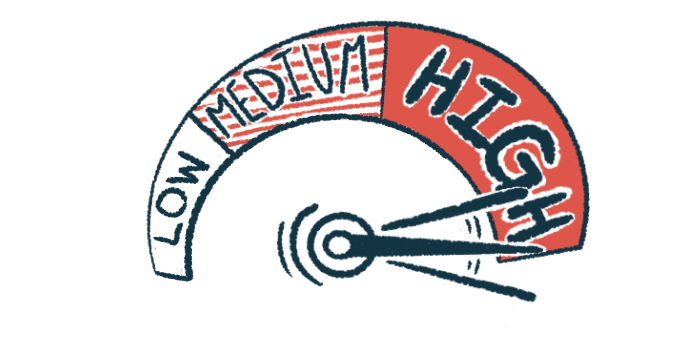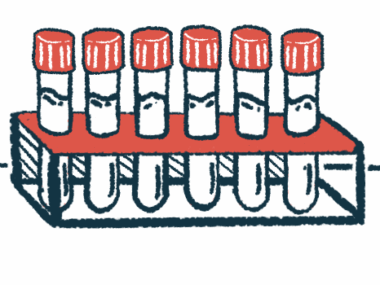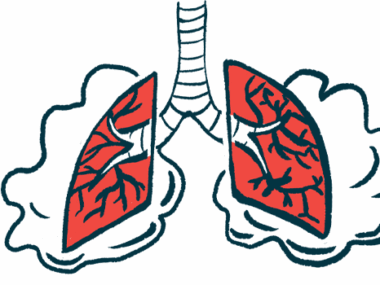Four risk factors of relapse, death in GPA patients identified in study
Awareness of these traits could result in earlier identification, treatment
Written by |

Being male, being 55 or older, having evidence of kidney damage, and having nervous system involvement are independently associated with a higher risk of relapse and death in people with granulomatosis with polyangiitis (GPA), according to a study in Iran.
“Awareness of this information can lead to better understanding of subgroups of patients with more vulnerability [and,] as a result, earlier identification and treatment of these patients,” researchers wrote.
The study, “The Prognosis of Granulomatosis With Polyangiitis: The Risk of Relapse and Mortality Based on Baseline Clinical Manifestations, Laboratory Findings, and Disease Severity: A Retrospective Cohort Study,” was published in Health Science Reports.
GPA associated with a high risk of relapse and death
GPA is a type of ANCA-associated vasculitis (AAV), a group of autoimmune diseases characterized by inflammation and damage to small blood vessels. Most AAV cases are associated with self-reactive antibodies, called ANCAs, that most commonly target one of two enzymes: proteinase 3 (PR3) or myeloperoxidase (MPO).
“Ear, nose, and throat (ENT) involvements are the most frequent symptoms of GPA and are reported in 88% [to] 100% of cases,” the researchers wrote. Other commonly affected organs and systems include the lungs, kidneys, eyes, and nervous system.
GPA is associated with a high risk of relapse, or periods of sudden symptom worsening, and death. Certain clinical and demographic factors, including more severe disease, anti-PR3 ANCAs, age, and sex, have been pointed out as predictors of AAV’s disease course.
“However, only a few large-scale studies included only GPA population due to the rarity of the disease,” the researchers wrote. “Identifying the GPA patients who have a high risk of relapse or mortality can be important for prompt and more aggressive treatment with closer follow-up of these patients.”
With this in mind, a team led by researchers in Iran retrospectively analyzed data from 147 GPA patients, ages 16 or older, who were referred to a specialized care center in Iran between 2012 and 2020.
Participants were most commonly male (54.4%), had a median age of 45, and were followed up for 18 months, or about 1.5 years. Most had ANCAs targeting PR3 (63.9%), 14.2% had anti-MPO ANCAs, and 23.2% tested negative for ANCAs.
All presented with ENT involvement, while 83% had lung involvement and 58.5% had kidney involvement. Cyclophosphamide was the most commonly used induction treatment, which is meant to promote disease remission.
Study participants who died were significantly older
Overall, 55 people died during follow-up, leading to a survival rate of 62.5%. The leading causes of death were cardiovascular failure (38.2%), vasculitis, or blood vessel inflammation (32.7%), and infections (21.8%).
Those who died were significantly older (median age of 57 years vs. 36.5 years), most commonly male (47.5% of males vs. 25.4% of women died), and were significantly more likely to have severe disease (87.2% vs. 68.4%) and nervous system involvement (56.3% vs. 27.1%) than those who lived.
A significantly higher proportion of patients who died had higher blood levels of creatinine, which indicates kidney damage, and of inflammation markers. In addition, rituximab induction treatment was associated with a significantly lower death rate than cyclophosphamide (3.8% vs. 44.6%).
Overall, 117 people experienced 179 relapses during follow-up, while 30 participants remained relapse-free for a median of 19 months, or about 1.5 years.
The relapse-free group was significantly more likely to have received rituximab as induction treatment (53% vs. 8%), and less likely to have severe disease (63% vs. 78%), mucous membranes/eye involvement (20% vs. 47%), and general involvement (13% vs. 41%) than the relapse group.
[These four factors] “predict higher risks of relapse and mortality in patients with GPA.
Participants who did not relapse were also less likely to have elevated levels of inflammation markers and to have anemia, or low levels of hemoglobin, the protein in red blood cells that transports oxygen throughout the body.
The researchers then conducted statistical analyses adjusted for potential influencing factors to identify independent risk factors of death and relapses. They found that male sex, being age 55 years or older, creatinine levels higher than 1.3 mg/dL at presentation, and nervous system involvement were each significantly associated with a twofold higher risk of death.
The same factors were also found to be independent risk factors of relapses, with each being linked to a twofold higher risk.
These four factors “predict higher risks of relapse and mortality in patients with GPA,” the researchers wrote, adding that “more intensive treatment is recommended in these subgroups of patients.”
The team noted, however, that their study had several limitations, including its retrospective and single-center nature, short-term follow-up data, and limited data on maintenance therapy.







